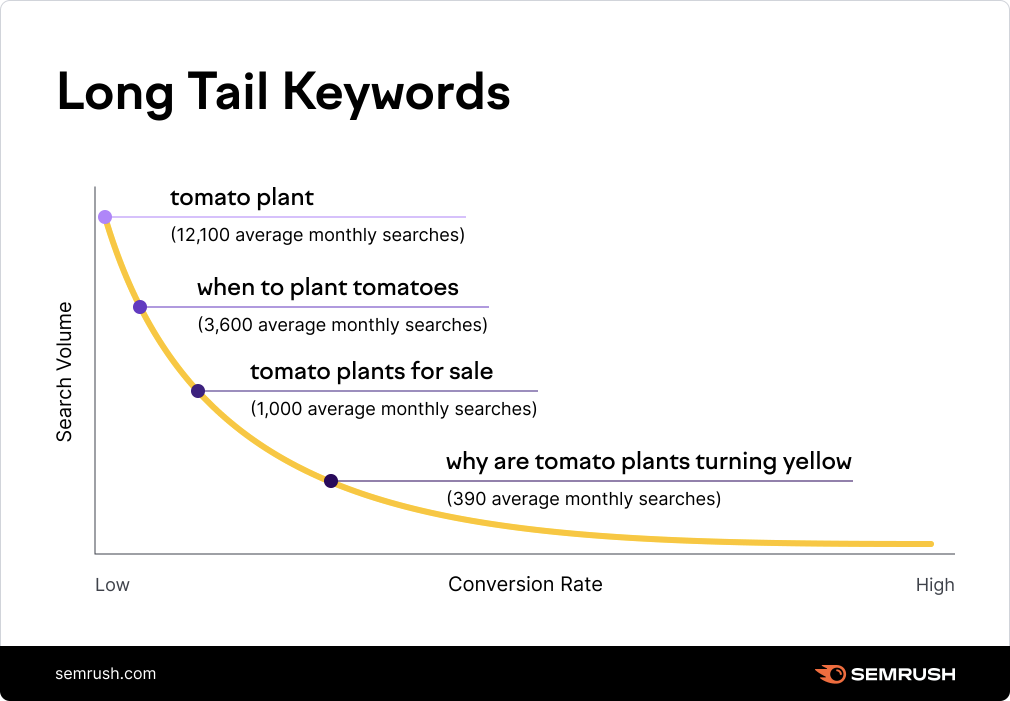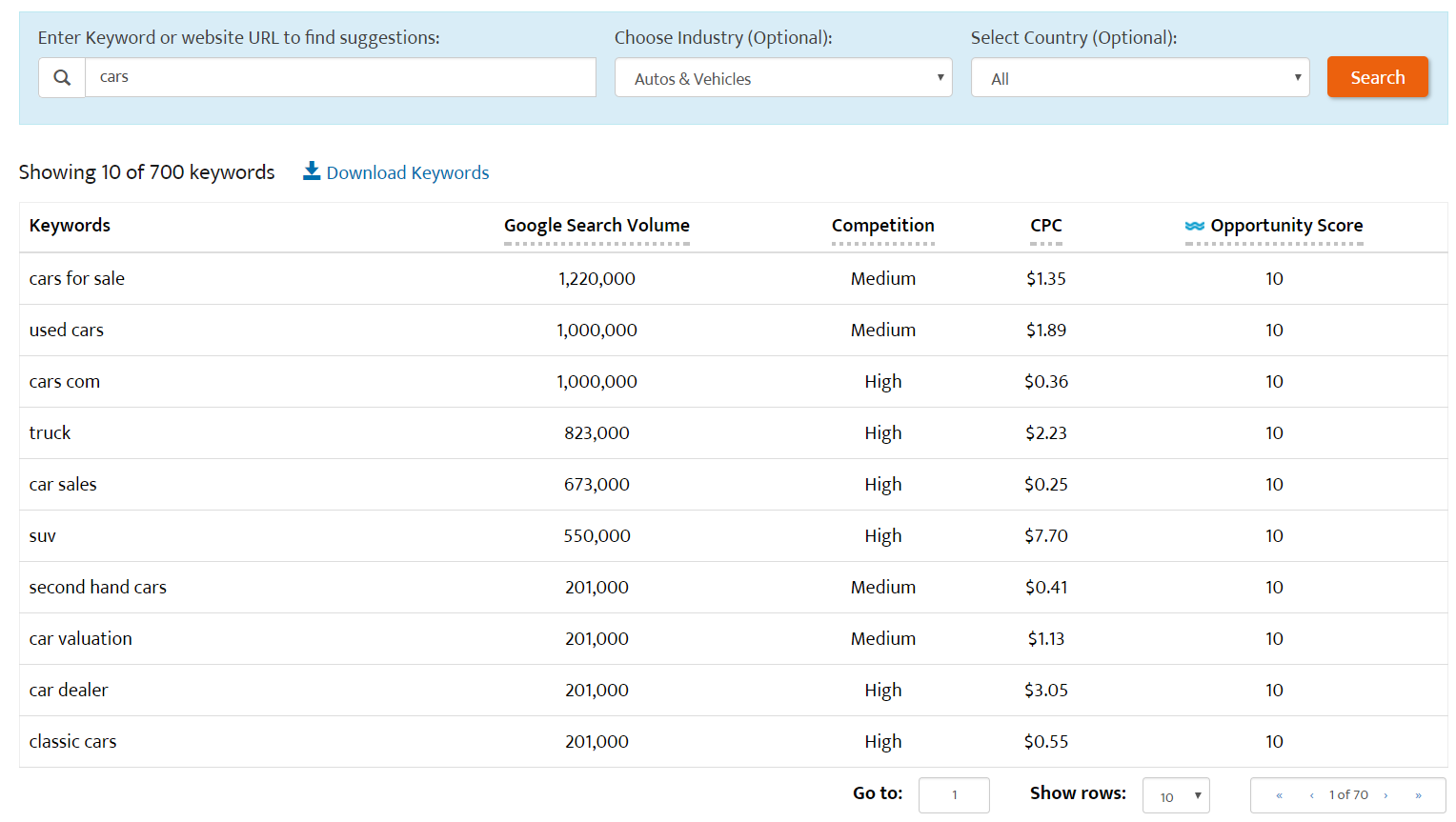The world of SEO and SEM is ever-changing, and one of the latest trends to take hold is the use of long-tail keywords. Long-tail keywords are, simply put, longer and more specific phrases that target a niche audience. For example, instead of using the keyword “shoes”, you might use the long-tail keyword “men’s size 10 running shoes”. While this may seem like a small change, it can make a big difference in your ability to connect with customers – especially if you’re selling products or services that are highly specialized. In this blog post, we’ll explore the benefits of long-tail keywords and how you can use them to better connect with your target audience.
What Are Long-Tail Keywords?

Long-tail keywords are longer and more specific search terms that tend to be less competitive and have a higher conversion rate than shorter, more general keywords.
They are an important part of any SEO strategy because they allow you to target more specific audiences with your content and appear in search engine results for a variety of different keyword phrases.
When used correctly, long-tail keywords can help you connect with customers who are further down the purchase funnel and more likely to convert.
To find long-tail keywords, you can use keyword research tools like Google AdWords Keyword Planner or Moz Keyword Explorer.
Also Read: Top Similar Websites Like Usethinkscript.Com and Alternatives
How to Find Long-Tail Keywords

Assuming you have a good understanding of your customer and what they’re looking for, finding long-tail keywords is actually quite simple. There are a number of different ways to go about it, but the best way is to start with a seed list of keywords and then use a keyword research tool to expand on that list.
Once you have your seed list, the next step is to plug those keywords into a keyword research tool like Google Keyword Planner or Moz Keyword Explorer. This will help you see how many people are searching for each keyword and also give you some ideas for related keywords that you may not have thought of.
Once you have your expanded list of keywords, the next step is to start incorporating them into your content. If you’re blogging, make sure to include long-tail keywords in your titles and throughout your post. If you’re doing paid search, make sure to add them as negative and positive keywords so that you don’t waste money on irrelevant searches. And if you’re doing SEO, make sure to add them to your title tags, meta descriptions, and throughout your website content.
By following these steps, you should be able to easily find long-tail keywords that will help you better connect with your customers.
Also Read: News.bg Competitors & Alternative Sites Like
How to Use Long-Tail Keywords

When it comes to SEO, long-tail keywords are a great way to connect with customers and improve your search engine ranking. Here’s a step-by-step guide on how to use long-tail keywords to your advantage:
1. Do your research. The first step is to identify which long-tail keywords are relevant to your business. Use keyword research tools like Google AdWords Keyword Planner and Moz Keyword Explorer to find the right phrases.
2. Incorporate them into your content. Once you’ve identified the right keywords, it’s time to start using them in your content. Try to use them naturally, without stuffi
Pros and Cons of Using Long-Tail Keywords
When it comes to SEO, keywords are everything. And while there are plenty of short and catchy keywords out there, sometimes the best way to connect with customers is by using long-tail keywords. Here are some pros and cons of using long-tail keywords to help you make the best decision for your website.
PROS:
1. Long-tail keywords are more specific, which means they can be a better way to target your ideal customer.
2. They tend to be less competitive than short, popular keywords, so you may have an easier time ranking for them.
3. Long-tail keywords can help you attract more qualified traffic to your website.
CONS:
1. Long-tail keywords can be difficult to research and identify.
2. They may not get as much search traffic as shorter, more popular keywords.
3. You may have trouble ranking for long-tail keywords if your website is new or doesn’t have much authority.
Also Read: Top 77 Similar Websites Like abcya.Com and Alternatives
Long-Tail Keyword Examples

Long-tail keywords are a great way to connect with customers and potential customers who are looking for what you have to offer. Here are some examples of long-tail keywords that you can use to reach your target audience:
1. [Product or service] for [target market]: This is a great way to reach people who are specifically looking for what you have to offer. For example, if you sell eco-friendly cleaning products, you could use the keyword “eco-friendly cleaning products for homes.”
2. [Product or service] in [location]: This keyword lets people know that you have what they’re looking for no matter where they are. For example, if you’re a plumber in Los Angeles, someone searching for “plumbers in Los Angeles” is likely looking for your services.
3. [Product or service] reviews: People often use long-tail keywords when they’re looking for reviews of products or services before making a purchase. If you have good reviews, using a long-tail keyword like this can help attract new customers.
4. Compare [products or services]: People searching for this keyword are likely comparison shopping, so including it in your content can help you attract their business.
5. How to [solve a problem]: This type of long-tail keyword is perfect for attracting people who are looking for solutions to their problems. If you offer a product or service that can help solve their problem, they
Also Read: Mangakik : Website stats and valuation
Conclusion
A long-tail keyword is a great way to connect with customers who are looking for exactly what you offer. By targeting a specific phrase, you can rank higher in search engines and reach your ideal customer more effectively. Plus, long-tail keywords tend to be less competitive than shorter, more general keywords, so it’s easier to get your website in front of people who are actually looking for what you have to offer. If you’re not using long-tail keywords yet, now is the time to start!



Comments are closed.